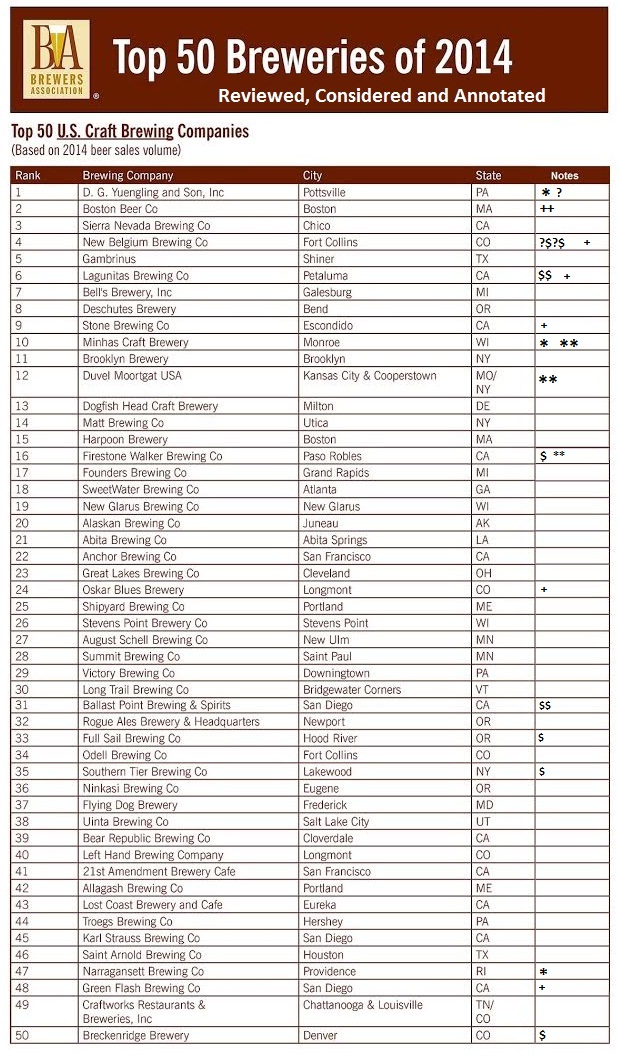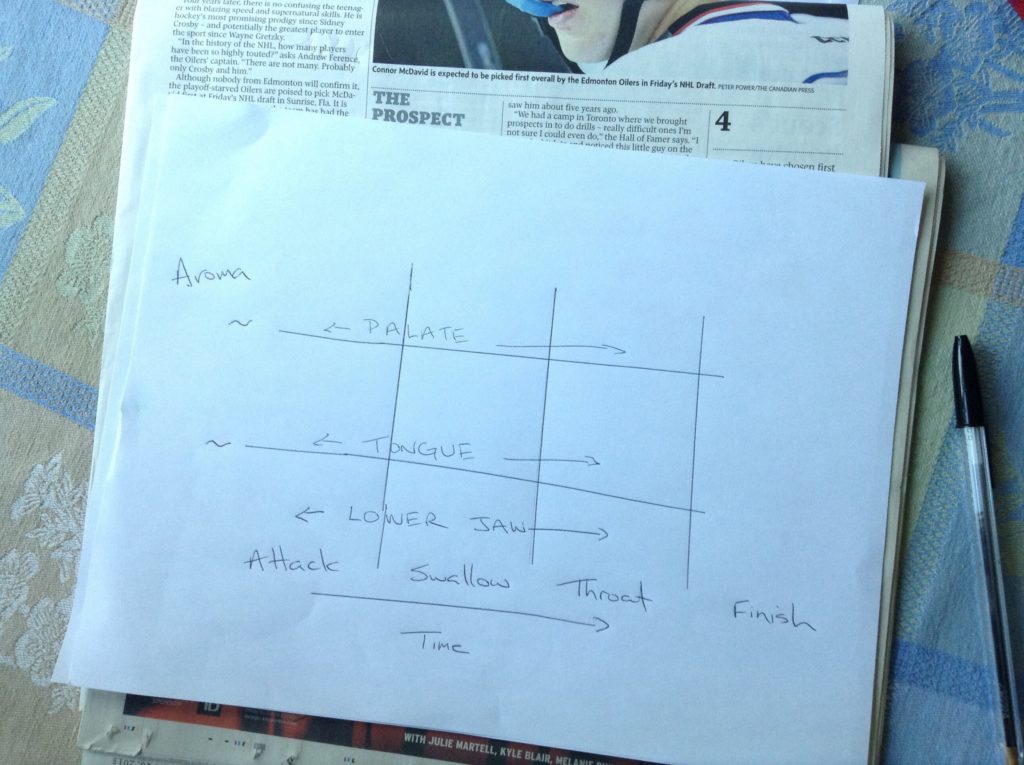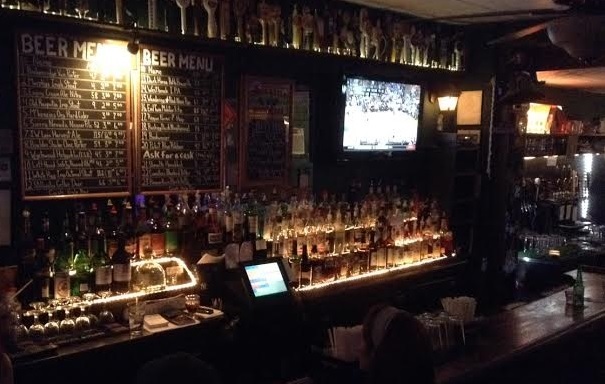 Remember last July when I explained how I actually tasted beer? This is another one of those posts. Not looking to convince you of anything but just to set out what I actually do.
Remember last July when I explained how I actually tasted beer? This is another one of those posts. Not looking to convince you of anything but just to set out what I actually do.
First, let me get this out of the way. One of the oddest things about beer is how it triggers a particular sort of outrage. We see it often in relation to the libertarian response to public safety advocates lobbying for lowering the levels of acceptable blood alcohol for drivers. My rights! The stats are wrong! The lawyers are lining their pockets! We see the same sort of thing when public health officers bring out advice about lowering your alcohol intake. My rights! The stats are wrong! The doctors are lining their pockets! I find these complaints boring and odd. Amateur LLBs meeting amateur MDs. They come across a bit addled or at least conflicted in ways that I don’t get. And a bit like a 1950’s TV ad for smoking. Certainly, killing yourself off early is preferable to killing off others but still… who really is driven to strongly react to folk seeing to reduce, you know, death. I bet these days even aging 1970s rock stars might be more inclined to wonder what a few fewer trips to the cookie jar might have meant to one’s latter years. If booze means that much to you, find something else to care about. Get a hobby. Or a fish. Find happiness in a snowflake FFS.
But… I am not here to point fingers and certainly not name names. Folk live their own lives and can react to these things as they see fit as long as they don’t harm others. Yet there is one thing I think would help immensely with the dialogue generally. Get rid of the idea of the “unit” that the public health advocacy is based upon. It just fogs up the whole discussion. You see it in Canada. You see it in the UK. Here, we still live in the 15 drink universe. In the UK, the outrage is the announcement of the 14 unit week. Yet what is a unit to you? Nothing. You require an online calculator to understand the implications. And no one is looking at one of those mid-session. By creating an arbitrary standard, you do not describe the experience as the people you are advocating to experience it. It muddles and befuddles.
There is a better way. Milliliters of pure alcohol. Let’s stick with Canada as I never could figure out the UK model.* There are 17.05 ml of pure alcohol in a standard 12 ounce standard 5% bottle of Canadian beer. We like standards. Canadians are obsessed with 5% beer. If a beer has only 4.8%, it’s is dishwater. Another at 5.2% is Satan’s route to your soul. We are very regular in these matters. So the prime unit is really 17 milliliters. Which means 15 of them for a Canadian man in a week is 255 ml. A 750 ml bottle of what most call hard liquor (aka spirits) also comes in as another Canadian standard: 40% alcohol. Which means a bottle of hard liquor has 300 ml of pure alcohol. Are you with me? Good. Wine is trickier as wine has a range of strengths. Light whites can be 9% or under while reds commonly top 14%. But they come in 750 ml bottles. So the quick mental calculation is based around three-quarters. Meaning a 750 ml bottle of mid-weight 12% wine has 90 ml of pure alcohol. 17 goes into 90 around five times. Five servings in a bottle of wine. Simple. You see where I am going?
Which means the average standard week recommended drinking per adult is a bit less than a 750 ml bottles of hard liquor or three bottles of wine or 15 bottles of beer. I don’t know about you but not only does that not seem like a small amount – it also does not seem to be equal. I would likely think myself a bit of a loser if I gunned a large bottle of, say, Gordons or Dewars a week. Three bottles of wine each seems a bit much, too, especially as I would be sharing that over the dinner table with another but I suppose I would feel a bit better about splitting a bottle of wine a night than I would being that gin bomber draining alky even if it might cost me twice as much. And, you know, the beer doesn’t seem like all that little at all. I wouldn’t want to have two or three beers a day most days of the week – but, again, I also would not feel like a gin dipso if I had fifteen in a seven day span. I certainly would not be sitting down to go on about the nanny state… in public… on the internet.
If the numbers were put in those simpler terms, stated as normal purchasing sizes over a week it seems to be folk would more easily get the message – pace yourself over time and keep it sensible. Yes, there is the jerk who drains the Gordon’s quart in one sitting as part of his healthy lifestyle but that person is, in fact, the jerk. These guidelines – all guidelines – should in fact come with a jerk disclaimer: “Warning: you are a jerk, you will not do this anyway so don’t bother complaining on your blog about it.” For most other sensible people it might get the point across better. Works for me. Which is all I was wanting to mention.
*Which, yes, I do see that the “unit” in the UK is only 10 ml and you now only should have 14 of them which is quite funny as it means the recommended amount is 140 ml a week as opposed to 255 ml here in Canada or 55% of the Canadian levels. Is that right? I’d be outraged! Unless… well, I bet Stonch is about 55% of one of me. He’s only wee. Maybe that’s it.






 This is the point where I claim purity. Fully. Fundamentally. Every good beer blogger knows the line. I may have received these gifts by FedEx but, as with Christ’s beneficence offered through the holy sacrament of communion, I approach each chalice with pure intent and leave fully pardoned. To celebrate this, I am sipping a glass of La Formidable, a juicy 6.9% beer recently couriered to my house by
This is the point where I claim purity. Fully. Fundamentally. Every good beer blogger knows the line. I may have received these gifts by FedEx but, as with Christ’s beneficence offered through the holy sacrament of communion, I approach each chalice with pure intent and leave fully pardoned. To celebrate this, I am sipping a glass of La Formidable, a juicy 6.9% beer recently couriered to my house by 












